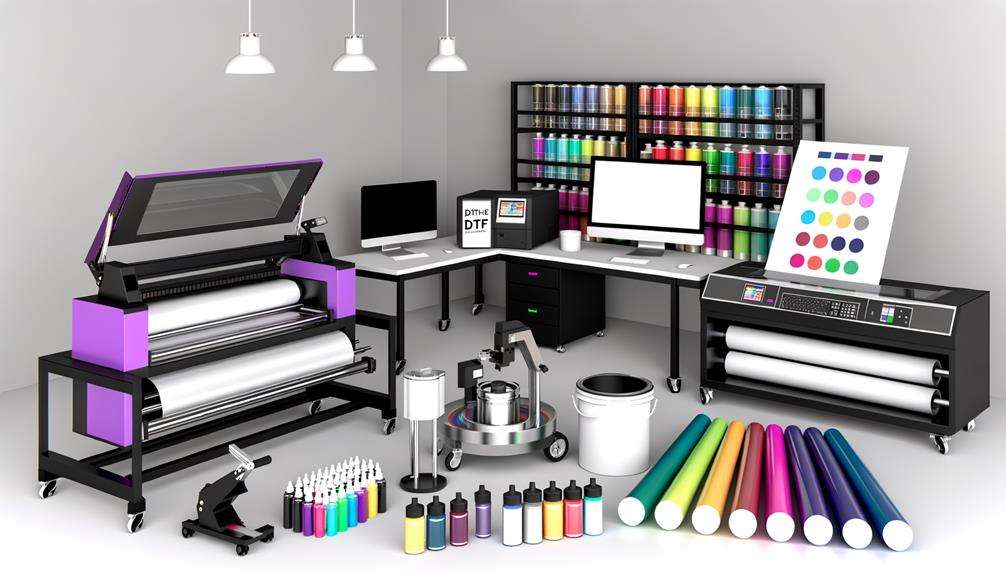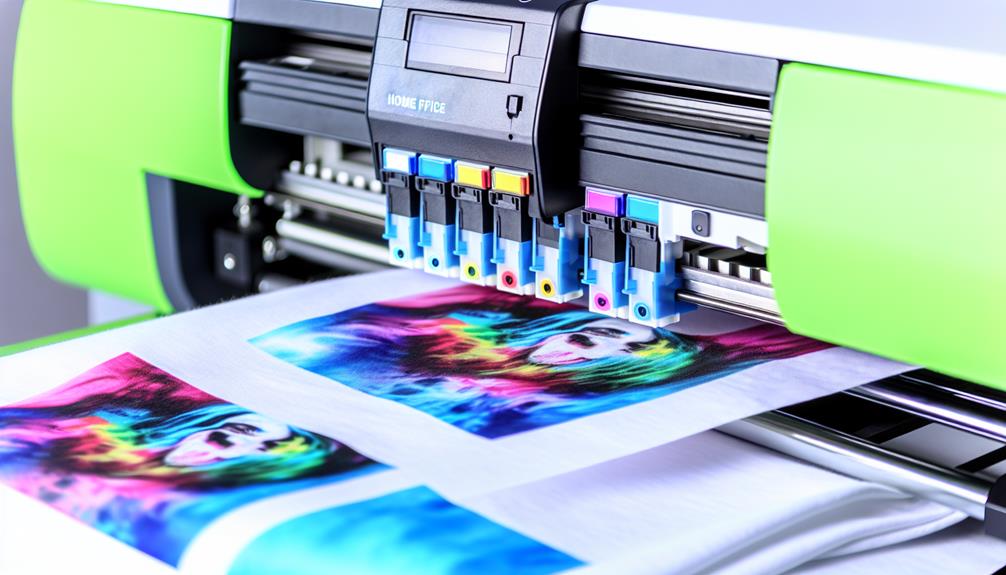
Direct to Film Printing Explained: The Process and Benefits
Introduction
In the ever-evolving world of printing technology, one method stands out for its efficiency, versatility, and quality—Direct to Film (DTF) printing. This innovative approach has transformed how businesses create custom designs on various materials, making it a game-changer in the textile and apparel industries. So, what exactly is DTF printing, and why is it gaining so much traction? Let’s dive into this comprehensive guide that encapsulates everything you need to know about DTF printing.
Direct to Film Printing Explained: The Process and Benefits
What is DTF Printing?
Direct to Film (DTF) printing involves transferring ink onto a special film that can then be applied to fabrics or other surfaces using heat. Unlike traditional methods such as screen printing or direct-to-garment (DTG) printing, DTF offers several advantages, including lower costs for smaller runs and the ability to print intricate designs with vivid colors.
How Does DTF Printing Work?
The DTF film DTF process can be broken down into several key steps:
The Advantages of Direct to Film Printing
1. Versatility in Material Usage
One of the most significant benefits of DTF printing lies in its versatility. It can be used on various materials beyond just cotton fabrics, including polyester blends, nylon, leather, and more.
2. High Quality and Detail
DTF prints are known for their exceptional detail and vibrant colors. Thanks to advanced ink technologies and precise application methods, complex designs come out looking sharp and eye-catching.
3. Cost-Effective for Small Runs
For businesses that require short production runs or custom designs like personalized gifts or promotional items, DTF offers an affordable solution without sacrificing quality.
4. No Need for Pre-Treatment
Unlike DTG printing which often requires pre-treatment of fabrics to ensure adhesion of inks, DTF does not DTF transfer printing necessitate such processes—making it quicker and easier.
5. Eco-Friendly Option
Many DTF printers utilize water-based inks that are less harmful than solvent-based alternatives found in traditional methods.
Limitations of Direct to Film Printing
While there are many benefits associated with DTF printing, it’s essential also to consider some limitations:
- Durability Concerns: While generally strong, some transfers might fade faster than others depending on care instructions.
- Initial Equipment Costs: Investing in a high-quality direct-to-film printer can require a significant upfront cost.
- Learning Curve: For those used to traditional methods like screen printing or DTG printing techniques may need time to adapt.
Understanding DTF Transfers
What are DTF Transfers?
DTF transfers refer specifically to the films produced during custom apparel printing the DTF transfers DTF process that carry your printed designs ready for application onto garments or other materials.

Types of DTF Transfers Available
There are two primary types of DTF transfers available:
Applications of DTF Transfers
DTF transfers have numerous applications across various sectors:
- Fashion industry
- Sports teams
- Promotional products
- Custom merchandise
- Personal gifts
How Are DTF Transfers Made?
Creating high-quality dtf transfers involves careful attention at every stage—from design conception through curing processes—to ensure longevity when applied correctly.

Choosing the Best Direct-to-Film Printer
Key Features in a Direct-to-Film Printer
When searching for the best dtf printer suited for your needs consider these key features:
- Print Resolution: Look for printers with high DPI (dots per inch) capabilities for sharp images.
- Ink Compatibility: Some printers work better with specific types of inks; choose one that suits your design needs.
- Speed & Efficiency: Time is money; thus faster print speeds lead directly towards better productivity.
Top Recommendations for Best Direct-To-Film Printers
Here’s a table comparing some popular choices among industry professionals:
| Printer Model | Print Resolution | Speed | Ink Type | |-------------------------|------------------|-----------|---------------| | Epson SureColor F2000 | Up To 1440 x 720 DPI | Fast | Eco-Solvent | | Mimaki UJF Series | Up To 1200 x 1200 DPI | Medium | UV-Curable | | Roland VersaUV | Up To 1440 x 720 DPI | Moderate | Eco-Solvent |
Professional DTF Services
When Should You Consider Professional Services?
If you're running an established business but lack equipment or expertise in-house consider opting for professional dtf services.
Benefits of Hiring Professionals
Custom Designs with DTF Printing
Why Opt For Custom Designs?
Custom designs enable unique branding opportunities—a must-have feature if aiming at establishing yourself amidst competition!
Steps For Creating Custom Designs
Affordable vs Wholesale DTF Transfers
Understanding Pricing Models
When evaluating options between affordable dtf transfers versus wholesale options look closely at quantities required—bulk orders often yield lower prices per unit!
Affordable vs Wholesale Table Comparison
| Quantity Ordered | Price Per Transfer | |-------------------------|------------------------| | <100 | $2 | | 100 - 500 | $1.50 | | >500 | $1 |
FAQs about Direct to Film Printing
FAQ #1: What materials can I use with direct-to-film printing?
You can use various materials including cotton fabrics, polyester blends, nylon textiles among others!
FAQ #2: Is there any special maintenance required for my printer?
Regular cleaning is essential especially after heavy usage! Always follow manufacturer guidelines provided upon purchase.
FAQ #3: How durable are dtf prints compared to traditional methods like screen-printing?
While durability varies by application https://s3.us-east-2.amazonaws.com/eazydtf/uncategorized/tips-for-perfectly-executing-your-first-dtf-transfer-project.html technique used during transfer—generally speaking they hold up well but care instructions should always be strictly adhered too!
FAQ #4: Can I apply dtf transfers onto dark colored fabrics?
Absolutely! One major advantage offered by these types of prints lies in their versatility accommodating darker shades effortlessly!
FAQ #5: What’s the average turnaround time when ordering dtf transfers from professionals?
This largely depends upon order size but typically ranges anywhere from within days up until weeks depending upon workload being handled at service provider location!
FAQ #6: Are there eco-friendly options available when choosing inks?
Yes! Many manufacturers now produce water-based eco-friendly inks designed specifically meant reduce environmental impact while still delivering outstanding results!
Conclusion
In summary, Direct to Film (DTF) printing represents a revolutionary advancement within modern-day textile processing offering myriad benefits ranging from affordability through versatility making it suitable all sorts applications! Whether you're looking into launching custom apparel lines expanding services offered—or simply want explore designing unique pieces—it’s worth considering give this innovative technique serious thought! By understanding both its processes along potential advantages associated with utilizing expert services you’ll surely position yourself ahead competition while maximizing growth opportunities ahead!
